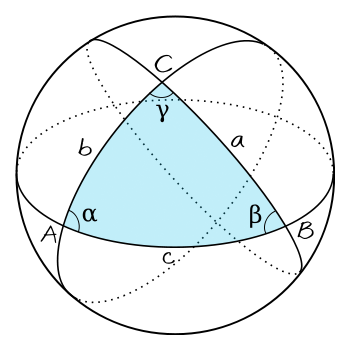Question #00584
2 Answers
Explanation:
We want to isolate the
First let's get rid of the coefficient affecting
Now we want to get
That's our answer, but in order to get it in the form of answer c we have to multiply the
Hope that helps!
See a solution process below:
Explanation:
First, divide each side of the equation by
Next, subtract
Answer


